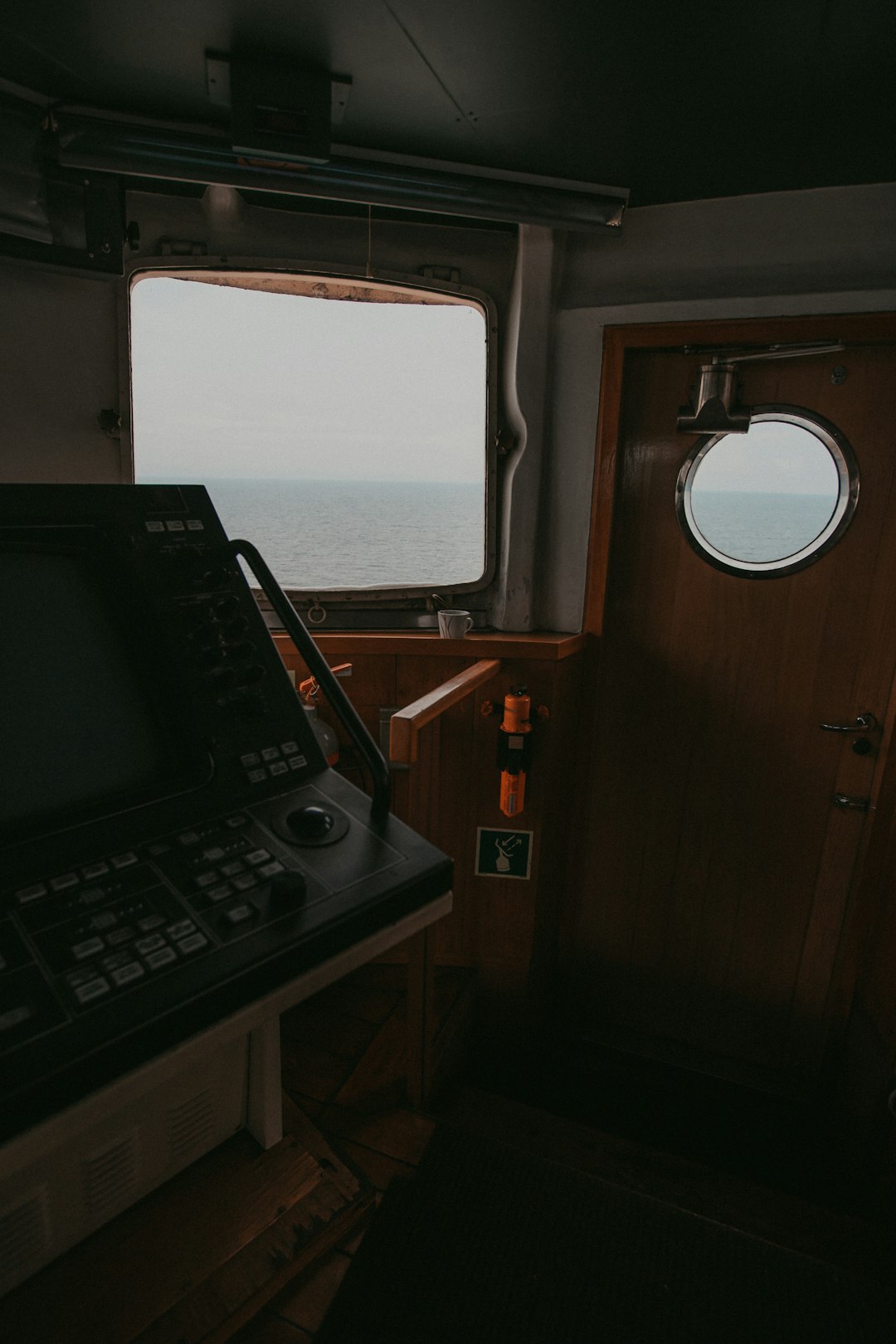
Robot Navigation System Optimized for Precise Packet Delivery
In the world of logistics and automation, the demand for efficient and precise packet delivery has surged dramatically. As businesses strive to enhance their supply chains, the role of robot navigation systems has become increasingly vital. This article delves into the intricacies of robot navigation systems optimized for precise packet delivery, examining their current developments, practical applications, and emerging trends.
Understanding Robot Navigation Systems
Robot navigation systems are designed to enable autonomous machines to navigate their environment effectively. These systems utilize various technologies, including sensors, algorithms, and data processing to determine their location and plan routes. In the context of packet delivery, accuracy and reliability are paramount. A well-optimized navigation system ensures that packages arrive at their destination without delays or errors.
Key Components of Navigation Systems
# Sensors and Data Acquisition
Sensors play a crucial role in gathering real-time environmental data. Common sensors used in robot navigation include LIDAR, cameras, and ultrasonic sensors. By processing the data from these sensors, robots can create a comprehensive map of their surroundings, which is essential for effective navigation.
# Path Planning Algorithms
Path planning is a critical component in robot navigation. Algorithms such as A*, Dijkstra’s, and RRT (Rapidly-exploring Random Tree) enable robots to identify the most efficient routes while avoiding obstacles. These algorithms are essential for ensuring that packets are delivered promptly and safely.
# Localization Techniques
Localization techniques, such as SLAM (Simultaneous Localization and Mapping), allow robots to determine their position within an environment while mapping it simultaneously. This capability is particularly vital for indoor navigation, where GPS signals may be weak or unavailable.
Current Developments in Robot Navigation
The field of robot navigation is rapidly evolving, with significant advancements being made in machine learning and artificial intelligence. These technologies enable robots to learn from their experiences, improving their navigation capabilities over time.
# Machine Learning Integration
Machine learning algorithms can analyze vast amounts of data, enabling robots to adapt to dynamic environments and optimize their delivery routes. For instance, Amazon’s Kiva robots leverage machine learning to enhance their navigation efficiency in warehouses, dramatically increasing delivery speed and accuracy.
# Collaborative Robotics
The rise of collaborative robots (cobots) is another development worth noting. These robots work alongside humans, sharing tasks and responsibilities. In packet delivery, cobots can assist with sorting and transporting packages, further streamlining operations.
Practical Applications of Robot Navigation Systems
The practical applications of robot navigation systems are extensive and varied. Industries such as e-commerce, healthcare, and manufacturing are increasingly adopting these technologies to enhance their logistics operations.
# E-commerce and Retail
In the e-commerce sector, companies are implementing autonomous delivery robots to fulfill orders. For example, Starship Technologies has deployed small delivery robots that navigate sidewalks and streets to deliver food and groceries. Their navigation systems ensure precise routing, allowing for timely and efficient deliveries.
# Healthcare Delivery
In healthcare facilities, robot navigation systems are utilized for the delivery of medications and supplies. Robots equipped with advanced navigation capabilities can navigate complex hospital layouts, ensuring critical items reach their destinations quickly and reliably.
Case Study: FedEx’s Autonomous Delivery System
FedEx has been at the forefront of integrating robot navigation systems into its operations. Their “SameDay Bot” is designed for last-mile deliveries, using sophisticated navigation algorithms to traverse urban landscapes. The bot can navigate around obstacles and adapt to changing environments, ensuring that packages are delivered on time.
Emerging Trends and Future Directions
As technology continues to advance, several trends are emerging within the realm of robot navigation systems optimized for precise packet delivery.
# Increased Use of Drones
Drones are becoming an integral part of the delivery landscape. Companies like Zipline have successfully used drones to deliver medical supplies to remote areas. Their navigation systems are tailored for aerial delivery, showcasing the versatility of robot navigation technology.
# Enhanced Safety Features
With the growing deployment of delivery robots in public spaces, safety is a significant concern. Future navigation systems will likely incorporate advanced safety features, such as pedestrian detection and automatic emergency braking, ensuring safe interactions with humans.
Further Reading and Resources
To deepen your understanding of robot navigation systems and their application in packet delivery, consider exploring the following resources:
- The Future of Robotics in Logistics
- Understanding SLAM for Robotics
- Path Planning Algorithms: A Comprehensive Guide
In conclusion, the optimization of robot navigation systems for precise packet delivery is reshaping the logistics landscape. By leveraging advanced technologies and innovative applications, businesses can enhance their efficiency and reliability in operations. As the industry continues to evolve, staying informed about the latest developments will be crucial for those interested in the future of robotics and automation.
Feel free to share this article to help others understand the significance of robot navigation systems in the modern delivery landscape!


